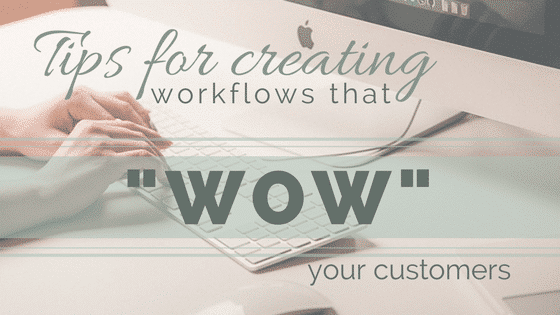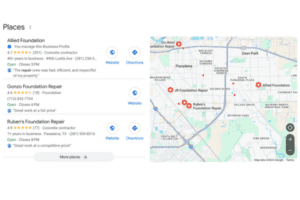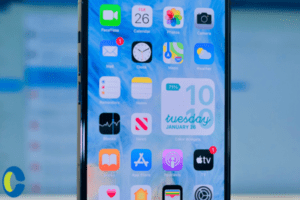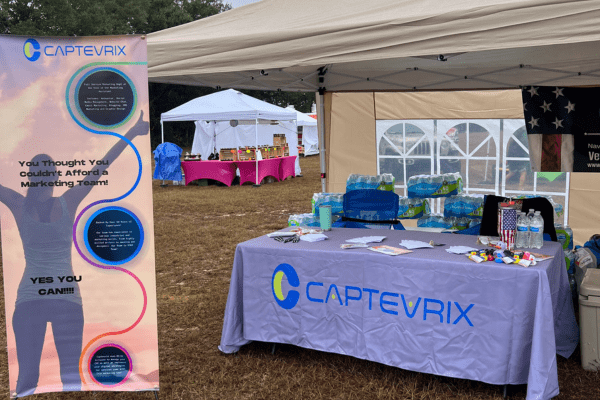When it comes to workflows, you either love them or you hate them. But whether you’re a fan or not, something we can all agree upon is their importance when it comes to nurturing a lead through the funnel of conversion.
For those who aren’t familiar with the funnel of conversion, let me give you a quick overview. Regardless of the industry or product being sold, there are three stages that a lead will go through before becoming a customer. The awareness stage, the consideration stage, and finally the decision stage. But leads don’t normally flow through all three stages on their own – they need a little nurturing sometimes. Which is where workflows come into play.
After a lead downloads your offer as part of your Inbound Marketing Plan, they should be placed into a workflow that provides them with further information that supports your offer and enhances their experience. There are two ways that I like to do this.
Give your customers options
By allowing your customers to answer specific questions as part of the download form, you’re not only learning more about your customers but creating a way to customize your workflows to match their answers.
For example, in a workflow to support an offer we created about Summer in Red River, NM we included the question “What type of adventurer are you?” with the answer choices of “Thrill Seeker, Outdoor Explorer, and A Little Bit of Both.” This helped us learn more about what type of content visitors are looking for as well as allowed us to customize their workflow to better nurture them into customers. We were able to then segment the workflow into three mini workflows depending on their answer.
Take advantage of your automation features
Whether you use Blitz Software Solutions, Active Campaign, Marketo, or any other automation platform, there are features within your workflows that everyone should take advantage of. A monkey with a keyboard can create 4 basic follow up emails sent 2 weeks apart. But a real marketing star knows that the possibilities for nurturing are endless when you use features such as if-then branches, internal notifications, or even automatically change their contact properties depending on how they interact with the emails in your workflow.
Let’s say a lead opens your email and clicks on a link within your email. They are clearly interested in this information, so how are you going to use this to nurture them further down the funnel? Depending on the action they take, you can set up internal alerts to allow your sales team to follow up with them, send them another email with further information about that specific topic, or even make notes in your CRM of the action they took.
As always, it’s important to include some sort of call to action (or CTA for short) that leads them to further information that will nurture them one step closer to becoming a customer.















